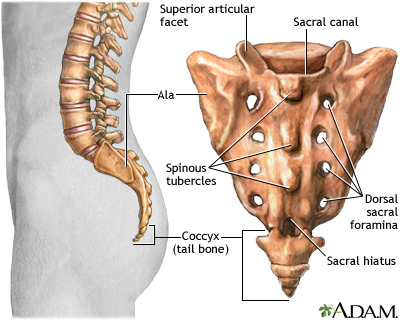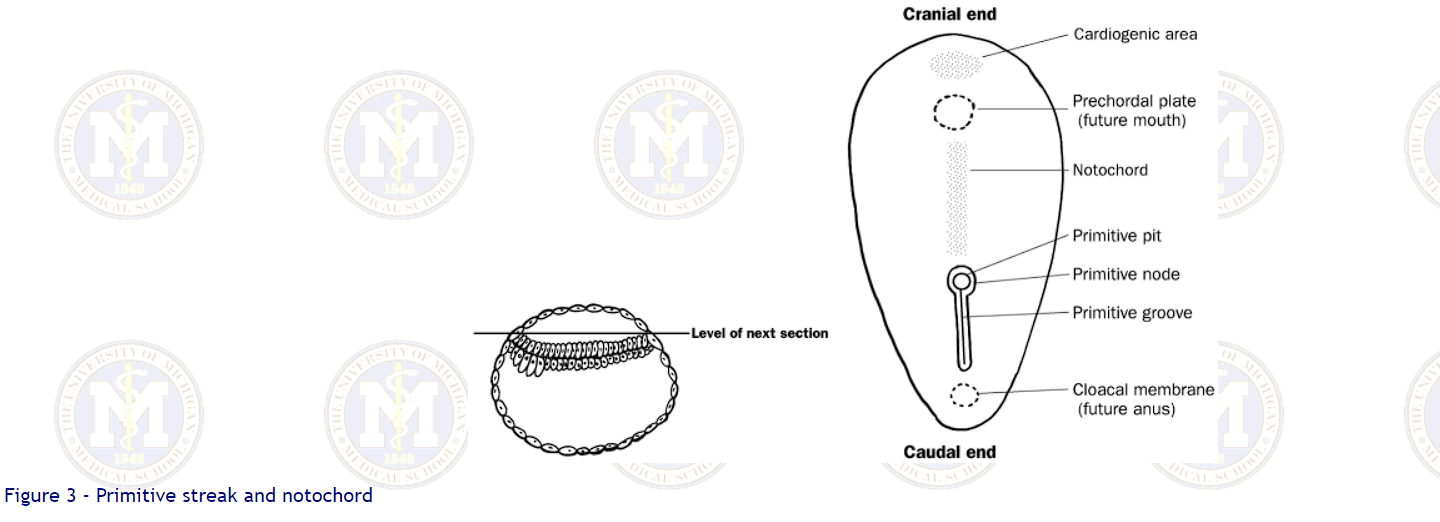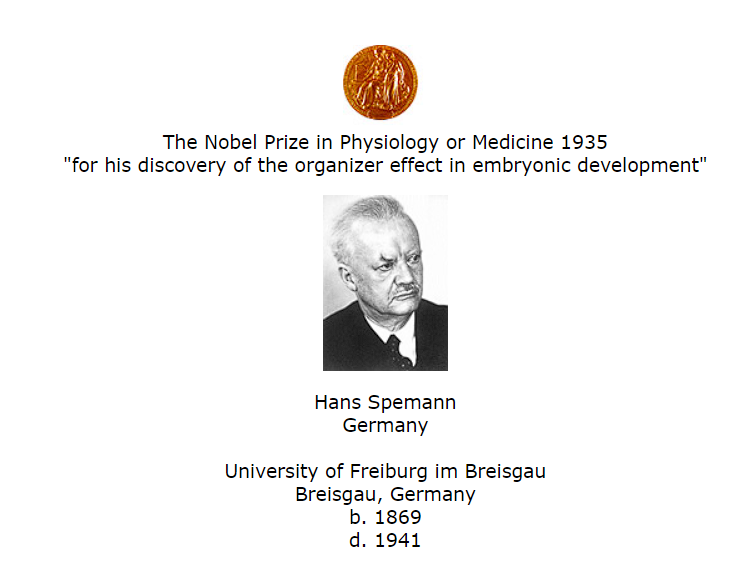SURAH AL MA’AARIJ (THE ASCENDING STAIRWAYS) AYAT 43 (70:43 QURAN)

In Surah Al Ma’aarij – Allah (swt) describes human beings being recreated and rising from their graves/dwellings – signaling the “Day of the Arising.”
SURAH AN NABA (THE ANNOUNCEMENT): AYAT 18 (QURAN 78:18)

Surah An Naba – also mentions humans rising and coming forth in groups. This raised a question by many Sahabah – how would individuals be re-created?
حَدَّثَنِي مُحَمَّدٌ، أَخْبَرَنَا أَبُو مُعَاوِيَةَ، عَنِ الأَعْمَشِ، عَنْ أَبِي صَالِحٍ، عَنْ أَبِي هُرَيْرَةَ ـ رضى الله عنه ـ قَالَ قَالَ رَسُولُ اللَّهِ صلى الله عليه وسلم ” مَا بَيْنَ النَّفْخَتَيْنِ أَرْبَعُونَ ”. قَالَ أَرْبَعُونَ يَوْمًا قَالَ أَبَيْتُ. قَالَ أَرْبَعُونَ شَهْرًا قَالَ أَبَيْتُ. قَالَ أَرْبَعُونَ سَنَةً قَالَ أَبَيْتُ. قَالَ ” ثُمَّ يُنْزِلُ اللَّهُ مِنَ السَّمَاءِ مَاءً. فَيَنْبُتُونَ كَمَا يَنْبُتُ الْبَقْلُ لَيْسَ مِنَ الإِنْسَانِ شَىْءٌ إِلاَّ يَبْلَى إِلاَّ عَظْمًا وَاحِدًا وَهْوَ عَجْبُ الذَّنَبِ، وَمِنْهُ يُرَكَّبُ الْخَلْقُ يَوْمَ الْقِيَامَةِ ”.
Narrated Al–A`mash: Abu Huraira said, “Allah’s Messenger (ﷺ) said, ‘Between the two sounds of the trumpet, there will be forty.” Somebody asked Abu Huraira, “Forty days?” But he refused to reply. Then he asked, “Forty months?” He refused to reply. Then he asked, “Forty years?” Again, he refused to reply. Abu Huraira added. “Then (after this period) Allah will send water from the sky and then the dead bodies will grow like vegetation grows, There is nothing of the human body that does not erode fully except one bone; that is the little bone at the end of the at the end of the spine (referring to the tailbone/coccyx) of which the human body will be recreated on the Day of Resurrection.” (See Hadith No. 338)
| Reference | : Sahih al-Bukhari 4935 |
| In-book reference | : Book 65, Hadith 456 |
| USC-MSA web (English) reference | : Vol. 6, Book 60, Hadith 457 |
It has been narrated by Abu Hurayra (R.A.) that Prophet Muhammed (pbuh) stated that the dead bodies will grow like vegetation grows and that there is nothing of the human body that does not erode fully except one bone – that is the little bone at the end of the spine (referring to the tailbone/coccyx) of which the human body will be recreated on the Day of Resurrection.

The Sacrum is a shield-shaped bony structure that is located at the base of the lumbar vertebrae that is connected to the pelvis. The sacrum forms the posterior pelvic wall and strengthens/stabilizes the pelvis. Joined at the very end of the sacrum are two to four tiny, partially fused vertebrae known as the coccyx or “tail bone”. Among the slowest human bones to decompose is the sacrum, the triangular plate at the base of the spine. It is often left when most or all of the other bones have decomposed.
In ancient Europe, when the bodies of the dead were often simply discarded, un-buried, in fields outside the city walls, people would often see the sacrum as one of the last few remains of a once-intact body of either humans or animals. The famous 16th century anatomist Andreas Vesalius was inspired to his profession by encountering many human bones in the fields where he played as a boy. The word Sacrum itself comes from the Latin phrase os sacrum, or “sacred bone,” and it was named this way because the large sacrum of animals was often a part of ritual sacrifices in ancient times. Also derived to mean “great” or “prominent” – as being the most durable bone and one of the largest and most notable of the skeleton. There is also a Greek etymological theory that the name connotes “sacred,” because of the durability of the sacrum. However, the sacrum and its amazing durability is unlikely the hidden miracle in the hadith above!
As science particularly in the fields of Anatomy and Embryology has grown in the 20th century – we have come to understand more and more about human development than simply the structure of the physical bones themselves. The hadith above focuses more so on the coccyx/tailbone.
The Coccyx is a curved, semi flexible lower end of the backbone (vertebral column/below the sacrum) in humans. Commonly referred to as the tailbone – it is the final segment of the vertebral column in all apes, and analogous structures in certain other mammals such as horses. In tailless primates (e.g. humans and other great apes) since Nacholapithecus (a Miocene hominoid), the coccyx is the remnant of a vestigial tail. It comprises three to five separate or fused coccygeal vertebrae below the sacrum, attached to the sacrum by a fibrocartilaginous joint, the sacrococcygeal symphysis, which permits limited movement between the sacrum and the coccyx.
The coccyx seems like such a small bone with minimal impact on the form or function of human beings. However – a plethora of research on the Primitive Streak in the last 100 years has highlighted a renewed focus on the Coccyx!
The primitive streak is a structure that forms in the early embryo in amniotes. During early embryonic development, the embryonic disc becomes oval shaped, and then pear-shaped with the broad end towards the anterior, and the narrower region projected to the posterior. The primitive streak forms a longitudinal mid-line structure in the narrower posterior (caudal) region of the developing embryo on its dorsal side. At first formation the primitive streak extends for half the length of the embryo. In the human embryo this appears by stage 6, about 17 days. Please refer to the diagram below from the University of Michigan Medical School Department of Anatomy

The primitive streak establishes bilateral symmetry, determines the site of gastrulation, and initiates germ layer formation. To form the primitive streak mesenchymal stem cells are arranged along the prospective midline, establishing the second embryonic axis, and the site where cells will ingress and migrate during the process of gastrulation and germ layer formation. The primitive streak extends through this mid-line and creates the left–right and cranial–caudal body axes. Gastrulation involves the ingression of mesoderm progenitors and their migration to their ultimate position, where they will differentiate into the mesoderm germ layer that, together with endoderm and ectoderm germ layers, will give rise to all the tissues of the adult organism.
Following the appearance of the Primitive Streak – it will gradually regress caudally (Caudal in Anatomy means directed toward or situated in or near the tail or posterior part of the body). Around day 20 in the human embryo, the remaining parts of the streak enlarge to produce a mid-line caudal cell mass termed the tail bud or caudal eminence. Also at that time the notochord develops cranially from the primitive node. By day 22 the primitive streak has regressed to between 10 and 20% of the embryo’s length, and by day 26 has seemingly disappeared (living as cells within the structure of the Coccyx).
Researchers found that fetus cell’s formation and organization are exerted by the primitive streak + node and before their formation no cell’s differentiation could have taken place. One of the most famous researchers who proved this was the German scientist Hans Spemann – who was awarded the Nobel Prize for his research in 1935.

After his experiments on the primitive streak and node he found that those organize the creation of the fetus and so he labeled them “The primary organizer”. He cut this part from one fetus and implanted it in another one in the primary embryonic stage (third and fourth week). This led to the formation of a secondary fetus in the guest body due to the influence and organization exerted by the surrounding guest’s cells on the implant.
The German scientist started his experiments on the amphibians by implanting the primary organizer in a second fetus, which led to the growth of a secondary embryo. The implantation of the cut primary organizer was in another fetus of the same age under the Epiblast layer and led to the apparition of a secondary embryonic anlage (the rudimentary basis of a particular organ or other part).
In 1931, when Spemann crushed the primary organizer and implanted it again, the crushing did not affect the experiment as again, a secondary embryonic anlage grew.
In 1933, Spemann and other scientists conducted the same experiment but the primary organizer was boiled this time. A secondary embryonic anlage grew in spite of the boiling showing that the cells were not affected. In 1935, Spemann was awarded the Nobel Prize for his discovery of the Primary Organizer.
Dr. Othman Al Djilani and Sheik Abd Majid Azzandani did some experiments on the tailbone in 2003 in the Sheik Abd Majid Azzanidanis in Sana’a (Yemen). One of the two vertebrae of the five tailbones was burned on a gas flame for 10 minutes until they were burned completely (They had glowed red and then turned black).
They put the burned pieces into sterile boxes and brought them to a analysis laboratory in Sana’a (Al Olaki Laborytory). Dr. Saleh al Olaki, Professor for histology and pathology of the university of Sana’a, analyzed the pieces and found out that the cells of the bone tissue of the tailbone ware not affected and had survived the flames (only muscles, fat and bone marrow were burned, while the cells of the tailbone were not affected).
So we now have determined through the field of Embryology that all parts of the body and the organs of a human being derive through the primary organizer which correlates with the primitive streak whose terminal cells migrate and live on what is the now the tailbone. This primary organizer makes cells part and grow and leads to the formation of tissue for differentiation, which leads to the formation of the nervous system in its primary form. From this part, from which a human being is formed as an embryo, he is formed in the hereafter as well. Grinding or boiling the primary organizer had no effect on the experiments. The second embryo formed anyhow in each case. It was shown that the cells of the tailbones bone tissue were not affected and survived the heat even after burning. Truly miraculous!
